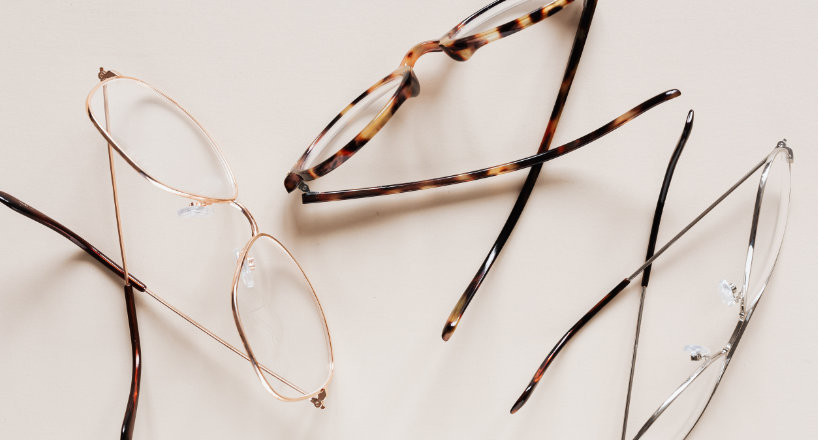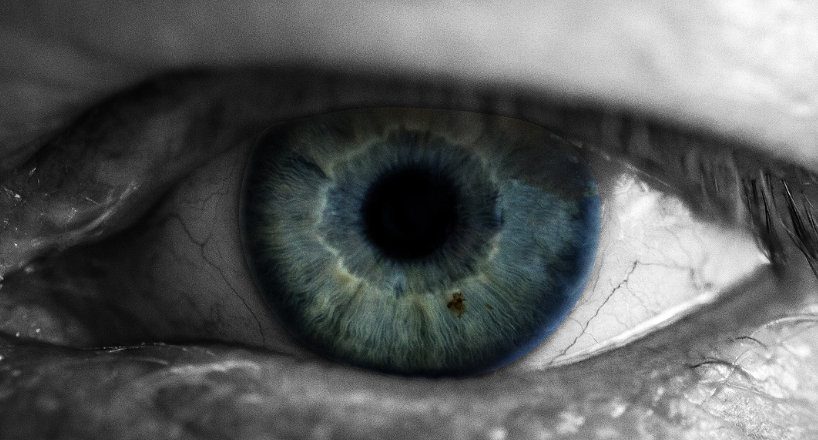Nearsighted (Myopia)
Myopia, also known as nearsightedness, is a common refractive error of the eye that affects the ability to see distant objects clearly. It occurs when the eye is too long or the cornea, the clear front surface of the eye, is too curved. As a result, the light entering the eye is not focused properly on the retina, the light-sensitive layer at the back of the eye. Instead, the light is focused in front of the retina, resulting in a blurry image.
Myopia Signs and Symptoms
People with myopia are usually able to see well up close, but have problem seeing things at a range. Due to the reality that they might be straining or squinting to see into the range, they might establish headaches, eye fatigue or eye strain.
Myopia Causes
Myopia is a refractive mistake caused by an irregular shaped cornea that impacts the method light is focused on the retina. For clear vision, light must concern a focus point directly onto the retina. In myopia, the cornea is longer than typical, resulting in a focus point that falls in front of the retina, triggering remote challenge appear blurred, while close items can be seen normally.

Myopia usually has a hereditary part as it often appears in multiple members of a household and it normally starts to show indications during childhood, frequently getting gradually even worse up until supporting around age 20. There might likewise be ecological factors that add to myopia such as work that needs focusing on close objects for a prolonged amount of time and spending too much time indoors.
Diagnosis of Myopia
Myopia is detected by an eye assessment with a certified eye doctor. Throughout the test, the eye doctor will identify the visual skill of the eye to recommending eyeglasses or contact lenses. A prescription for myopia will be an unfavorable number such as -1.75.
Treatment for Myopia
Myopia is generally treated with corrective spectacles or contact lenses and in particular cases, refractive surgery such as LASIK or PRK is an option.

Surgical treatment is the most risky treatment as it requires completely changing the shape of the cornea. Other treatments involve implanting a lens that improves the cornea called a phakic intra-ocular lens or vision therapy. A treatment called Ortho-k, in which the patient wears corneal improving contact lenses at night to see without correction throughout the day can be another option.
While some individuals require vision correction throughout the day, others may only require it just throughout certain tasks such as driving, enjoying tv, or seeing a white boards in school. The type of treatment depends on the total health of your eye and your eye and vision needs.